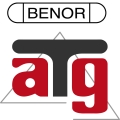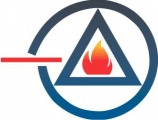CE marking
Several European directives make up the legal framework aimed at achieving a single market of products in the European Union, without hindering or reducing their existing protection levels. Many products, or rather product families, can no longer be released on the market if they do not meet the requirements of these directives and of the related harmonised standards.
These products must now carry the CE marking to be sold on the European market.
ANPI is recognised as Notified Body under the terms of the EMC directive (2014/30/EU), under number NB 1134.
What is the CE marking?
The mandatory CE marking is a declaration from the manufacturer, which certifies that their product meets essential safety, health, environment and consumer protection requirements, as defined by harmonised standards. After the deadline set by the Commission, the product must carry the CE marking in order to be released on the market of the European Economic Area.
Several regulations and directives concern fire or intrusion safety equipment and products.
Harmonised standards?
The Official Journal of the European Union regularly publishes lists of harmonised standards depending on these directives and the end of the transition period for each product. After this deadline, the product must carry the CE marking in order to be released on the market of the European Economic Area.
You will find a list of harmonised standards and the transposition deadline on the ec.europa.eu website:
CE marking and certification
The CE marking is not a certification. Certifications such as ANPI, BOSEC and BENOR are requested on a voluntary basis and attest to the quality of products and their compliance with additional technical specifications.
When purchasing a product, check for the CE marking, and demand voluntary quality certification.
CE-CPR Rules : ![]() certification_rules_pr_ce-emc.pdf
certification_rules_pr_ce-emc.pdf






